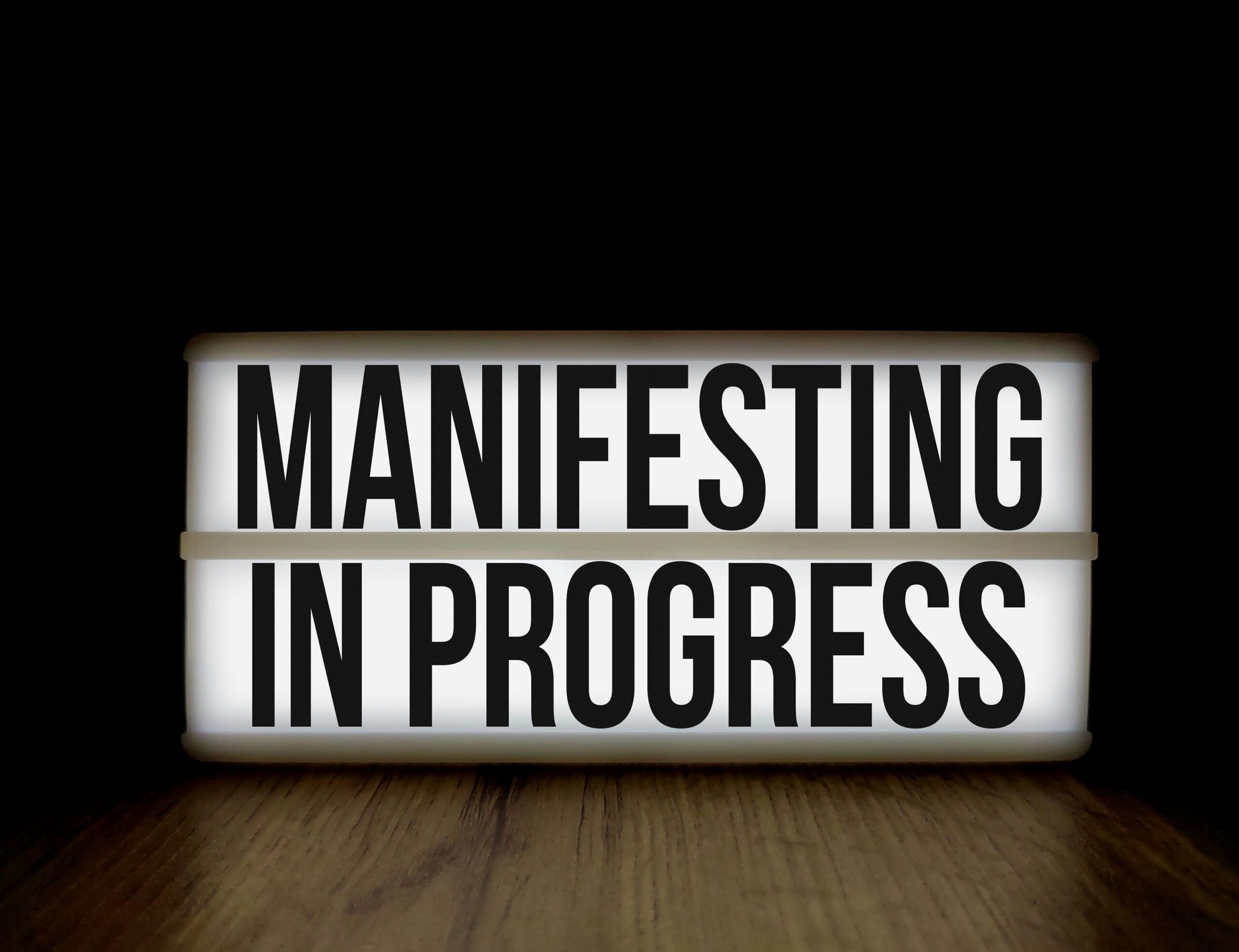Every action you repeat shapes the person you become. Your daily routines aren’t just activities—they’re the invisible architects of your identity, quietly building your future self.
🧩 The Invisible Architecture of Self
We often think of identity as something fixed, a core essence that defines who we are from birth. But modern psychology and neuroscience reveal a different truth: your identity is remarkably fluid, constantly being reshaped by the patterns you repeat daily. Habits aren’t merely behaviors you perform; they’re the fundamental building blocks that construct your sense of self.
When you brush your teeth each morning, you’re not just cleaning your teeth—you’re reinforcing your identity as someone who values health and hygiene. When you hit the snooze button repeatedly, you’re telling yourself a story about who you are: perhaps someone who struggles with discipline or prioritizes comfort over commitment. These micro-decisions accumulate like drops of water, eventually carving canyons through the landscape of your character.
James Clear, author of “Atomic Habits,” emphasizes that every action you take is a vote for the type of person you wish to become. If you go to the gym once, you’re simply exercising. But repeat it thirty times, and you begin to see yourself as an athlete. The habit transforms from something you do into something you are.
🔬 The Neuroscience Behind Behavioral Identity
Your brain is an incredibly efficient organ, constantly seeking ways to conserve energy. This efficiency drive is why habits form in the first place. When you repeat a behavior consistently, your brain creates neural pathways that make that behavior easier to execute over time. These pathways become highways of least resistance, guiding your actions without conscious thought.
The basal ganglia, a region deep within your brain, plays a crucial role in habit formation. As behaviors become habitual, the basal ganglia takes over from the prefrontal cortex, which handles conscious decision-making. This neurological handoff explains why habits feel automatic—because they literally are operating on autopilot.
But here’s where identity comes into play: your brain doesn’t distinguish between “good” and “bad” habits at a neurological level. It simply reinforces patterns that get repeated. This means that negative patterns can become just as deeply ingrained in your identity as positive ones. The chronic procrastinator isn’t lazy by nature; they’ve simply reinforced neural pathways that associate tasks with delay.
The Identity-Behavior Loop
There’s a fascinating feedback loop between identity and behavior. Your habits shape your identity, but your identity also influences which habits you maintain. This creates either a virtuous or vicious cycle, depending on the direction you’re traveling.
Consider someone who identifies as a “reader.” This identity makes it easier to maintain reading habits because picking up a book aligns with their self-concept. Conversely, someone who says “I’m not a morning person” will find it nearly impossible to establish early-rising habits because every 5 AM alarm contradicts their core identity narrative.
💪 The Power of Identity-Based Habits
Traditional goal-setting focuses on outcomes: lose twenty pounds, run a marathon, learn Spanish. While these goals provide direction, they’re less powerful than identity-based habits, which focus on becoming a certain type of person. The distinction might seem subtle, but it’s transformative.
Outcome-based goal: “I want to read twenty books this year.”
Identity-based goal: “I want to become a reader.”
The second approach is more sustainable because it’s not dependent on external metrics. You’re not trying to achieve something; you’re trying to be someone. Once reading becomes part of your identity, you don’t need motivation or willpower—you read because that’s what readers do, and you’re a reader.
This shift in perspective can be applied to virtually any area of life. Instead of wanting to save money, become financially responsible. Instead of trying to eat healthier, become someone who nourishes their body. The identity comes first; the behaviors follow naturally.
Small Habits, Big Identity Shifts
You don’t need dramatic life overhauls to reconstruct your identity. In fact, massive changes often backfire because they’re unsustainable. Instead, tiny, consistent habits create lasting identity transformation.
Doing two push-ups every morning might seem insignificant, but it’s evidence that you’re the type of person who exercises. Writing fifty words daily proves you’re a writer. Meditating for two minutes shows you’re someone who values mindfulness. These small actions accumulate credibility with yourself, gradually shifting your self-perception.
The concept of “casting votes” for your desired identity is particularly useful here. You don’t need a unanimous vote—you just need a majority. Missing a workout doesn’t erase your athletic identity if you’ve accumulated dozens of gym sessions. The pattern matters more than perfection.
🎭 The Stories We Tell Ourselves
Humans are storytelling creatures. We don’t experience life as isolated events; we weave experiences into narratives that explain who we are and why we do what we do. These personal narratives are incredibly powerful—and often invisible—forces shaping our behavior.
Many people carry limiting identity stories: “I’m bad with numbers,” “I’m not creative,” “I’m always late,” “I’m not a people person.” These narratives, often formed in childhood or after significant experiences, become self-fulfilling prophecies. If you believe you’re bad with numbers, you’ll avoid mathematical tasks, never improving, thus confirming your original belief.
The good news? Stories can be rewritten. Cognitive behavioral therapy operates on this principle: by identifying and challenging unhelpful thought patterns, we can change the narratives that govern our lives. Your identity story isn’t a biography written in permanent ink—it’s a draft that you’re constantly revising through your daily actions.
Recognizing Your Current Identity Stories
Before you can change your identity, you need to understand your current self-concept. Try this exercise: complete the sentence “I am…” twenty different ways. Write quickly without overthinking. Your answers will reveal the identity stories you’re currently living by.
Some responses will be factual (“I am 32 years old”), but many will be interpretive (“I am disorganized,” “I am a helper,” “I am anxious”). These interpretive statements are particularly interesting because they reveal beliefs that drive behavior. Once you’ve identified these patterns, you can ask: Is this identity serving me? Is it even true? Do I want to carry this story forward?
🔄 Breaking Free from Old Identities
Changing your identity isn’t easy, partly because your current identity—even if unhelpful—provides comfort and certainty. There’s safety in knowing who you are, even if who you are isn’t who you want to be. This explains why people often sabotage their own progress: the new behavior conflicts with their existing identity.
Someone who sees themselves as perpetually struggling financially might unconsciously sabotage wealth-building behaviors because prosperity feels inconsistent with their self-concept. A person who identifies as “the funny one” in their friend group might resist showing vulnerability because it contradicts their established role.
Breaking these patterns requires both awareness and patience. You’re not just changing behavior; you’re challenging deeply held beliefs about who you are. This process can feel uncomfortable, even threatening, because identity provides psychological stability.
The Two-Step Identity Transformation Process
Charles Duhigg, in “The Power of Habit,” describes the habit loop: cue, routine, reward. But for identity change, we need to add another layer. Here’s a practical framework:
- Decide who you want to become: Be specific. Not “healthier” but “someone who prioritizes physical wellness daily.”
- Prove it with small wins: What would this person do? Do that thing, even in miniature form.
- Collect evidence: Keep track of these identity-aligned actions. They’re proof of your transformation.
- Expand gradually: As the new identity becomes comfortable, increase the challenge or frequency of behaviors.
- Protect the identity: When faced with decisions, ask “What would someone with my desired identity do?”
📱 Technology and Identity Formation
In our digital age, apps and technology play an increasingly significant role in habit formation and, consequently, identity development. Habit-tracking applications can provide the external scaffolding needed while new identity patterns take root.
These tools work because they make invisible patterns visible. When you can see a chain of successful days on a habit tracker, you’re looking at tangible evidence of identity change. The visual representation reinforces the psychological narrative: “I’m becoming the type of person who does this consistently.”
However, technology can also hinder identity development if used mindlessly. Social media, for instance, can trap you in performative identities—versions of yourself designed for external validation rather than authentic development. The key is intentional use: choose tools that support genuine growth rather than superficial image management.
🌱 Environment as Identity Sculptor
Your environment is constantly voting for or against your desired identity. If your kitchen is stocked with processed foods, maintaining an identity as someone who eats healthfully becomes exponentially harder. If your phone is the first thing you see upon waking, becoming someone who starts the day mindfully faces structural barriers.
James Clear calls this “environment design”—the practice of arranging your physical space to make desired behaviors easier and undesired behaviors harder. This isn’t about willpower; it’s about making your environment an ally in identity construction.
Want to become a reader? Place books in high-visibility locations and remove the television from your bedroom. Aspiring to be more social? Keep your phone charged and conversation prompts handy. Becoming financially disciplined? Automate savings transfers so your desired identity operates on autopilot.
Social Environment and Identity
Perhaps even more powerful than physical environment is your social environment. We’re profoundly influenced by the people around us, often unconsciously adopting the habits, attitudes, and identities of our closest associates.
If you’re surrounded by people who prioritize learning, you’ll likely develop a learner identity. If your social circle normalizes complaint and victimhood, those patterns will feel natural to you. This isn’t about blame—it’s about awareness. You can’t control other people, but you can be intentional about whose influence you invite into your life.
Joining communities aligned with your desired identity accelerates transformation. Runners’ clubs, book groups, entrepreneurship meetups, meditation circles—these aren’t just activity groups; they’re identity incubators where your emerging self can be recognized, reinforced, and refined.
🎯 Identity Integrity: When Habits Conflict
What happens when you hold multiple identities that suggest different behaviors? A parent who’s also a professional might experience identity conflict when work demands clash with family time. Someone who identifies as both health-conscious and social might struggle when friends gather at restaurants serving only unhealthy options.
These conflicts are normal and, in fact, inevitable. You’re not a single-dimension character; you’re complex, containing multitudes. The key isn’t eliminating all identity conflicts but managing them consciously.
Create an identity hierarchy: which aspects of yourself are non-negotiable core identities, and which are contextual or secondary? When conflicts arise, this hierarchy provides decision-making guidance. If being present for your children is a top-tier identity, then work decisions that threaten that identity become clearer to evaluate.

🚀 Becoming Your Desired Self
The most exciting implication of understanding habits as identity builders is this: you have more agency over who you become than you might have believed. You’re not locked into the person you’ve been. Every single day presents opportunities to cast votes for a new identity.
This process requires patience. Identity change doesn’t happen overnight, and you’ll experience setbacks. The person who’s been disorganized for thirty years won’t become meticulously systematic after three weeks of new habits. But gradual, consistent action creates undeniable transformation over time.
Start small, think identity-first, and trust the process. Each tiny habit you maintain is evidence of who you’re becoming. Each morning you wake up and follow through on your commitments, you’re proving to yourself that you’re reliable. Each time you choose the harder right over the easier wrong, you’re building integrity into your character.
Your Future Self is Watching
Here’s a powerful perspective shift: imagine your future self ten years from now looking back at today. What habits would that person wish you’d started? What identity would they be grateful you began building? The person you’ll become is being constructed right now, in this moment, by the choices you’re making.
You are not discovering who you are—you are deciding who you become. Your habits are the construction materials, and each day you’re adding to the structure. Build wisely, build consistently, and build with intention. The identity you create through your daily habits will determine not just what you accomplish, but who you are while accomplishing it.
The architect of your identity isn’t fate, genetics, or circumstance—it’s you, making choices, building habits, and gradually becoming the person you’ve decided to be. That’s not just empowering; it’s transformative. Your habits aren’t just changing what you do; they’re changing who you are. And who you are determines everything else that follows.
Toni Santos is a personal growth strategist and wealth alignment researcher dedicated to helping people connect mindset, habits, and money with purpose. With a focus on abundance psychology and intentional living, Toni explores how beliefs, behavior, and clarity turn goals into sustainable prosperity. Fascinated by financial psychology and high-performance routines, Toni’s journey bridges coaching, behavioral science, and practical frameworks. Each guide he shares is an invitation to design a life by intention—where daily actions align with values, and values align with long-term wealth. Blending mindset work, habit design, and evidence-based strategy, Toni studies how identity shifts, focus systems, and disciplined execution create compounding results. His work champions the idea that true abundance is built from the inside out—through awareness, alignment, and consistent action. His work is a tribute to: An abundance mindset grounded in gratitude, vision, and responsibility Financial psychology that transforms behavior into smart decisions Goal-oriented living powered by clear systems and repeatable habits Whether you’re redefining success, aligning money with meaning, or building habits that last, Toni Santos invites you to grow with intention—one belief, one plan, one aligned step at a time.




